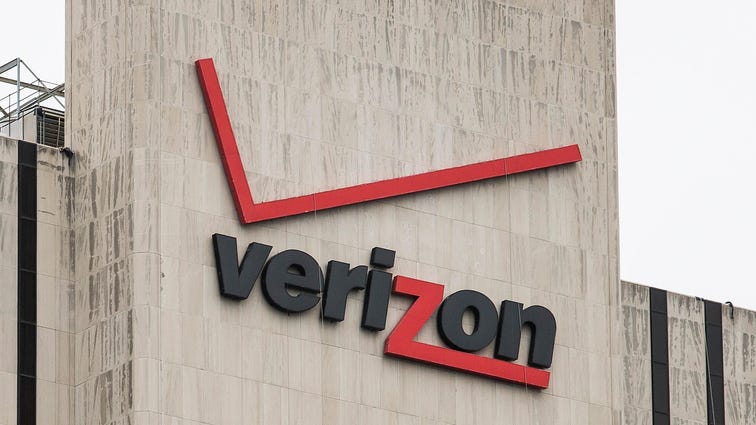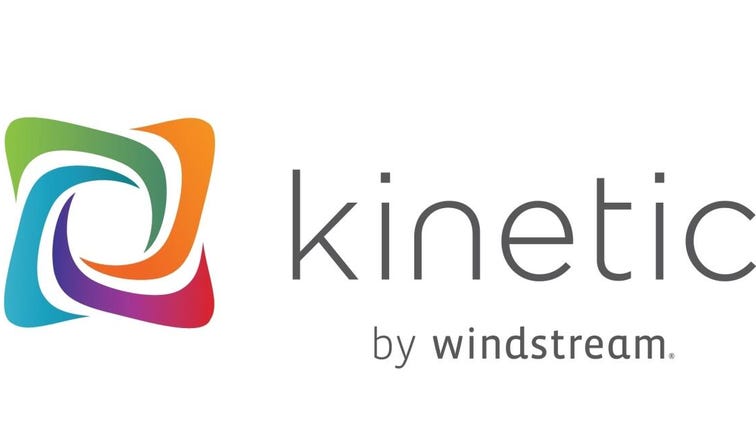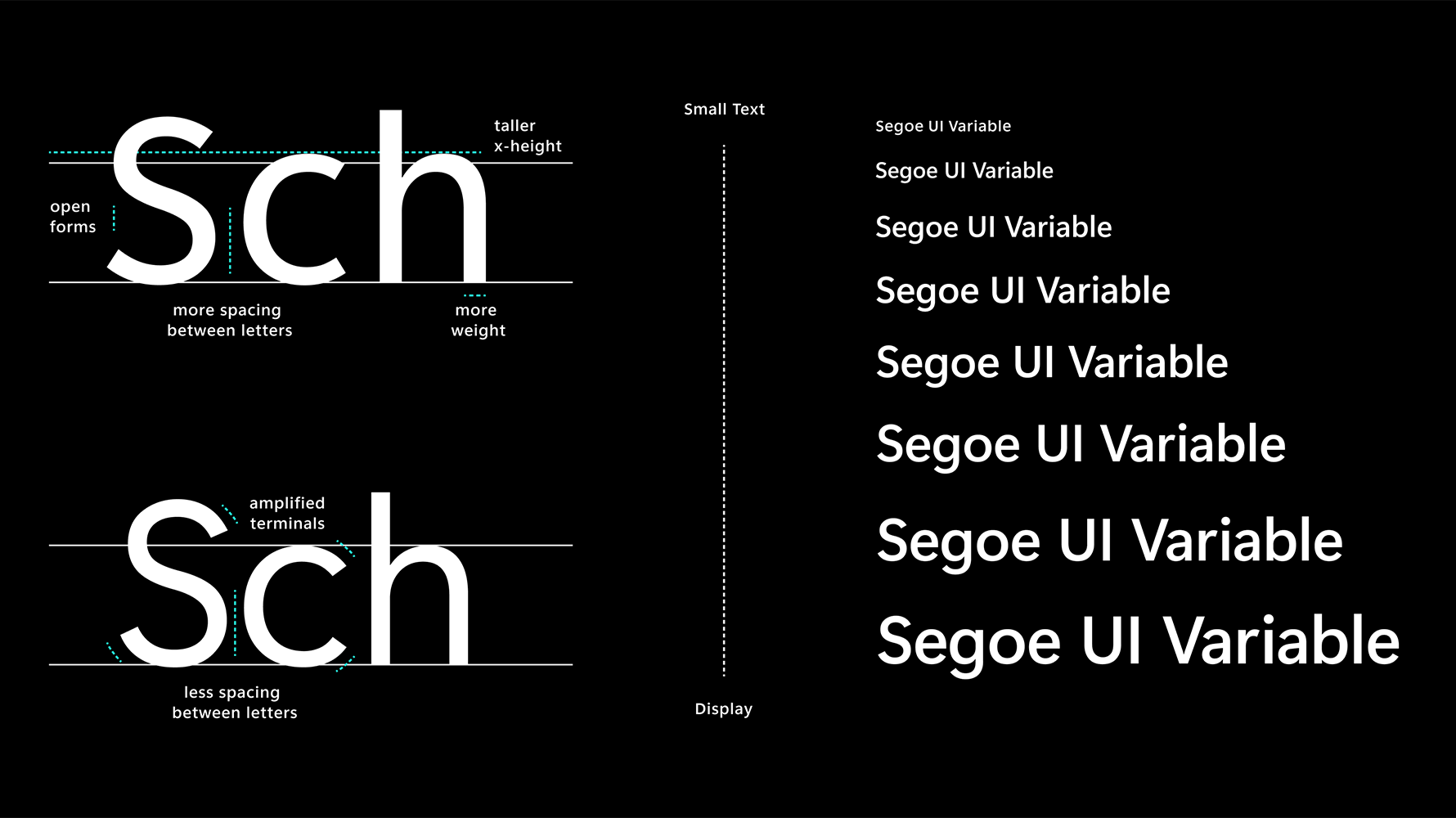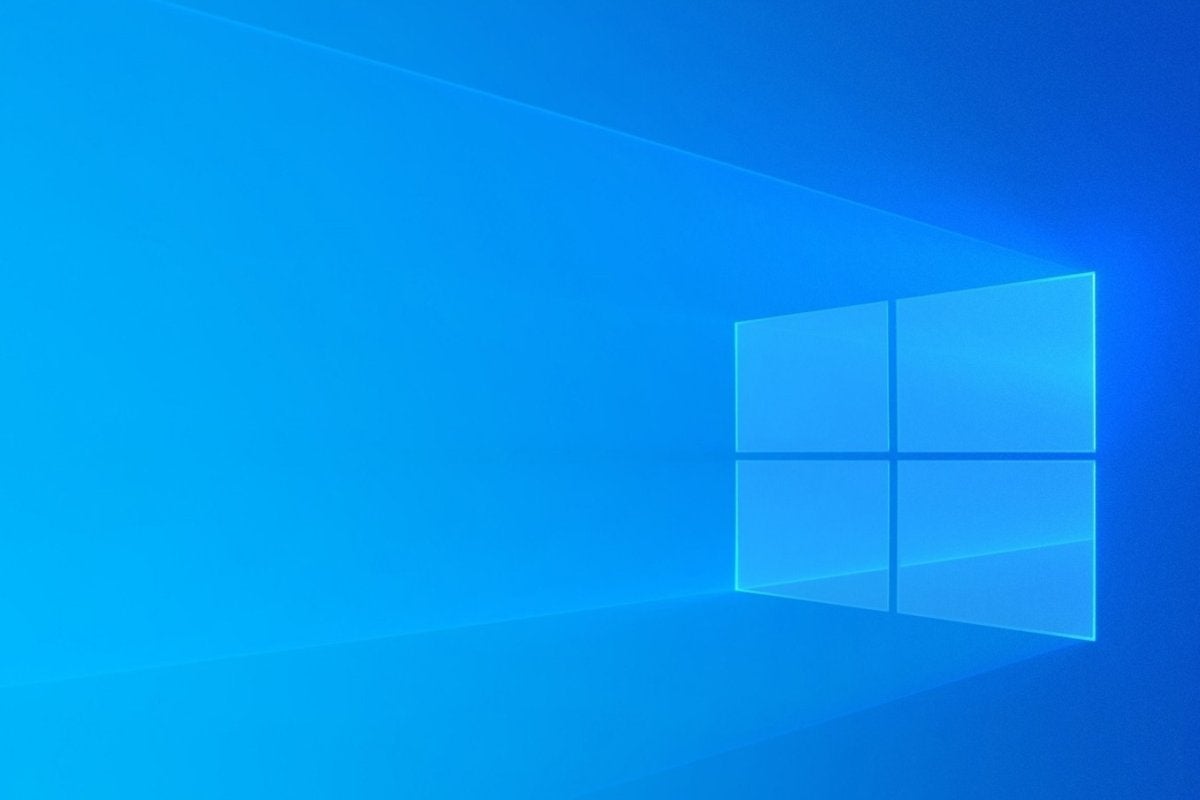Fiber optic internet is a relatively new technology, but it has quickly become one of the most popular types of home internet connection – and for good reason. Compared to ADSL, cable and other types of Internet connections, fiber internet generally offers faster download speed, significantly faster download speed, and higher reliability. And, with a lot of people now to work at home for good, fast and reliable internet is important.
That being said, not all home fiber Internet services are the same. Most fiber providers run fiber optic cables directly to each home served (fiber to home or FTTH), but others just stop by routing fiber “to the curb” or to a main node. which serves an entire neighborhood. From there, fiber connections like these will carry the service all the way through coaxial or copper cable, which can reduce connection quality and speeds.
In addition to the specifics of the fiber connection like these, you will find that the prices, speed levels and terms of service vary by supplier, too – and that’s why some fiber providers stand out from the crowd. Each of the best fiber providers listed below uses an FTTH network, which virtually guarantees the best speed, connection quality, and reliability. In addition, these suppliers are distinguished by customer satisfaction, exceptional prices, availability and more. We update this list regularly.
Read more: Internet Speed: How Much Do You Really Need?
Toby Jorrin / Getty Images
- Price: $ 35 to $ 60 per month
- Speeds: 300-940Mbps
- Head Date: Nothing
- Contract: Nothing
AT&T has the highest availability of any fiber provider, extending service to more than 36 million potential customers in 21 states. The provider also offers some of the lowest rates on fiber optic internet service and the cheapest gigabit plan of any major provider.
At $ 60 per month for speeds of up to 940 megabits per second, the AT&T Fiber 1000 Internet plan is hard to pass up, but not every household needs that speed. Fortunately, AT&T offers two lower throughput levels: 300 Mbps starting at $ 35 per month and 500 Mbps starting at $ 45 per month. All plans come with unlimited data and do not require a contract. On the other hand, there is no option to bypass equipment rental fees using your own modem or router, but it is only an additional $ 10 per month, which is among the lowest in the world. any supplier, fiber or other.
Fast speed, relatively low prices, and user-friendly service conditions have earned AT&T high customer satisfaction ratings in recent years. the American Customer Satisfaction Index gave AT&T a score of 68 out of 100 in 2020, just behind Verizon Fios, while JD Power named AT&T the best Internet service provider in the North / Central, South and West regions in 2020.
Andrew Burton / Getty Images
- Price: $ 40-80 per month
- Speeds: 200-940Mbps
- Head Date: Nothing
- Contract: Nothing
Verizon Fios lags behind AT&T in terms of speed, price and terms of service, but it doesn’t have the same breadth of coverage. While available to almost the same number of potential customers as AT&T Fiber, Verizon Fios only serves the Mid Atlantic and Northeast regions.
I would have liked Verizon Fios to be available in more regions as the service is hard to beat, especially for those looking for a low cost fiber optic connection. Starting at just $ 40 per month, the cheapest Fios internet plan comes with simultaneous upload and download speeds of up to 200 Mbps. The next level of speed is also a decent value – $ 60 per month for up to 400 Mbps – but the price of the gigabit service is the same or a few dollars more per month than what you’ll find with other fiber providers. . At $ 14 per month, equipment rental fees are also a bit higher than most, but unlike AT&T, you can skip them by buying the router from Verizon or using your own. Verizon also waives fees if you purchase a Fios Gigabit plan.
Cost aside, Verizon Fios customers appear to be more satisfied with their internet service than most, as Verizon is a consistent leader in customer satisfaction. It was the only vendor to outperform AT&T in the ACSI 2020 ratings with an impressive 73 out of 100, and JD Power named Verizon as the Northeast’s top vendor.
Border communications
- Price: $ 50 to $ 80 per month
- Speeds: 50-940Mbps
- Head Date: Nothing
- Contract: Nothing
Frontier FiberOptic is not as widely available as some of the other vendors on the list, but Border communications recently expanded its coverage to include 19 states. The expansion represents a major improvement for Frontier, as its fiber service has long been restricted to parts of California, Florida, Indiana and Texas.
Like AT&T and Verizon Fios, Frontier FiberOptic plans come with unlimited data and don’t require a contract. Unlike other vendors, Frontier builds the cost of the equipment into the price, so other than taxes, Frontier plan pricing is largely “what you see is what you pay for”.
Knowing that Frontier plans are free of hidden costs, the cheapest fiber plan – $ 50 per month for 50 Mbps – is a little less off-putting, but still a bit steep for just 50 Mbps. Higher level plans, however, offer more value. $ 60 per month for 500 Mbps and $ 80 per month for gigabit service (remember equipment costs are included) are each as competitive as almost any other internet service provider.
Wind current
- Price: $ 37 to $ 67 per month
- Speeds: 25-1000 Mbps
- Head Date: Nothing
- Contract: Nothing
One downside to fiber optic service is that it is generally only available in certain areas of large cities. If you live in the suburbs or in a rural area, your best chance of getting fiber-optic internet access is probably Windstream’s Kinetic.
Windstream is one of best rural internet providers, bringing high-speed connections to locations that are likely poorly served by cable or other fiber-optic Internet service providers. Those in a Kinetic service area will also appreciate the low prices – $ 37 per month for speeds up to 200 Mbps where applicable, and the gigabit service for just $ 67 per month – as well as unlimited data and no contract requirement.
Robert Alexander / Getty Images
- Price: $ 65 per month
- Speeds: 940 Mbps
- Head Date: 1 TB per month
- Contract: Nothing
While AT&T Fiber and Verizon Fios are available to more people, CenturyLink’s fiber network covers more areas, with fiber service spanning a staggering 25 states. Like Windstream, CenturyLink also operates primarily in suburban and rural areas, bringing high-speed fiber optic connections to areas that might not otherwise have access.
Unfortunately, those in CenturyLink fiber service areas have only one plan option: gigabit service. While more plan options would be nice – especially a low-cost plan like what you see at AT&T and Verizon Fios – CenturyLink’s gigabit speed plan is still a pretty good deal. At $ 65 per month for speeds up to 940 Mbps, CenturyLink is one of the cheaper gigabit providers.
Internet fiber honorable mentions
- Earth Link: EarthLink uses fiber networks installed by other providers or municipal fiber optic networks, which means that available speeds and quality of service can vary significantly from region to region. In some areas, EarthLink offers fiber service with speeds of up to 1 gigabit for around $ 100 per month.
- Zipped fiber: Ziply Fiber came into being in May 2020 when Frontier Communications sold its Internet networks in Idaho, Montana, Oregon, and Washington to Wave Capital. While the low prices – $ 20 per month for speeds of up to 30 Mbps and $ 60 per month for gigabit service – are impressive, it’s too early to determine how Ziply Fiber stacks up against other major fiber providers. We’re keeping an eye out for this one, so stay tuned.
- Google fiber: Google Fiber is still there and the resumption of expansion after a hiatus of several years. Availability remains limited, but where applicable, Google Fiber offers a gigabit service starting at $ 70 per month and a 2 Gbit / s plan starting at $ 100 per month, with no data cap or contract.
- Xfinity: Comcast Xfinity’s fiber service is also somewhat limited in availability and offers an impressive top speed of up to 2000 Mbps. The trap ? The plan comes with an equally mind-blowing price tag of $ 300 per month.
Summarize
If fiber optic internet service is available in your area, it is probably worth getting it, especially if one of the providers listed above is an option. AT&T is easiest to recommend thanks to its high availability, low gigabit cost, and favorable service terms, but Verizon Fios lags behind with low prices and high customer satisfaction. Frontier FiberOptic, Windstream, and CenturyLink round out the list of your most ideal options, while other providers like EarthLink, Ziply Fiber, and Google Fiber are also worth a look.

Andrew Brookes / Getty Images
Fiber Internet FAQ
Is fiber the best internet to get?
Yes. Fiber optic internet offers speeds and reliability that other types of internet connection simply cannot, and you can get it for about the same monthly price as cable internet or DSL service. The only downside is availability: fiber optic service is only available to about 40% of US residents, according to the Federal Communications Commission.
Is fiber internet expensive?
Starting prices for fiber Internet plans typically range from $ 30 to $ 50 per month, with gigabit service ranging from $ 60 to $ 80 per month. While there is cheaper packages Available with cable or DSL Internet service in some areas, fiber service is likely to offer better connection speed and quality for the price.
When will fiber be available near me?
If the fiber hasn’t reached your address yet, I’m sorry to tell you that you’ll just have to be patient, as the providers are actively expanding their fiber networks across the United States. You are more likely to see fiber coming to your neighborhood if you live in a city or a densely populated area, but providers like Windstream and CenturyLink show that fiber access in the suburbs and cities. rural areas is also available.
Read more: Life in Slow Motion: Welcome to the Internet in Rural America.
Learn more about connectivity
[ad_2]
Source Link












